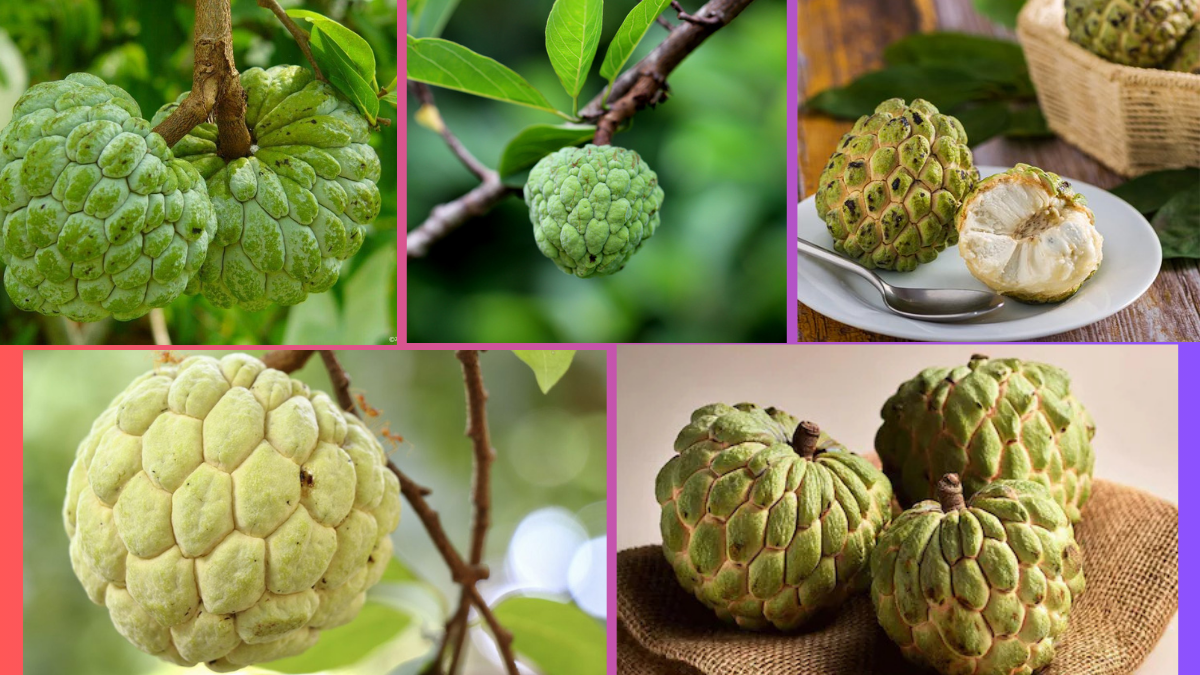Custard apple — known for its rich, creamy texture and sweet tropical flavor — is a beloved fruit across many parts of the world. Also called sugar apple, sweetsop, or by its botanical name Annona squamosa, this exotic fruit is admired for its custard-like flesh, segmented green skin, and intoxicating aroma.
As global demand for tropical fruits rises, so too does interest in where custard apple is cultivated the most. So, which country holds the crown as the largest custard apple producer globally? This article takes a deep dive into the custard apple industry, explores the top-producing nation, and examines what makes it the global leader, while also highlighting other significant contributors.
An Overview of the Global Custard Apple Industry
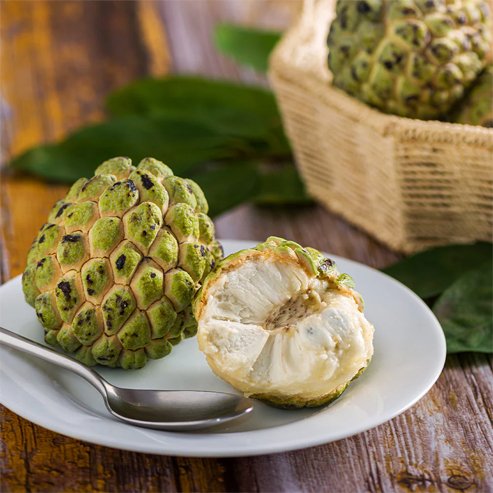
Custard apple is native to the Caribbean and Central America, but over time, it spread across tropical and subtropical regions worldwide. The fruit flourishes in warm climates with moderate rainfall, well-drained soil, and plenty of sunshine.
Today, custard apple is grown in over 20 countries across Asia, the Americas, Africa, and Oceania. With an annual global production exceeding 900,000 metric tons, custard apple remains a regional delicacy and a niche export product, with increasing interest in health-conscious and gourmet food markets.
Which Country Is the Largest Custard Apple Producer Globally?
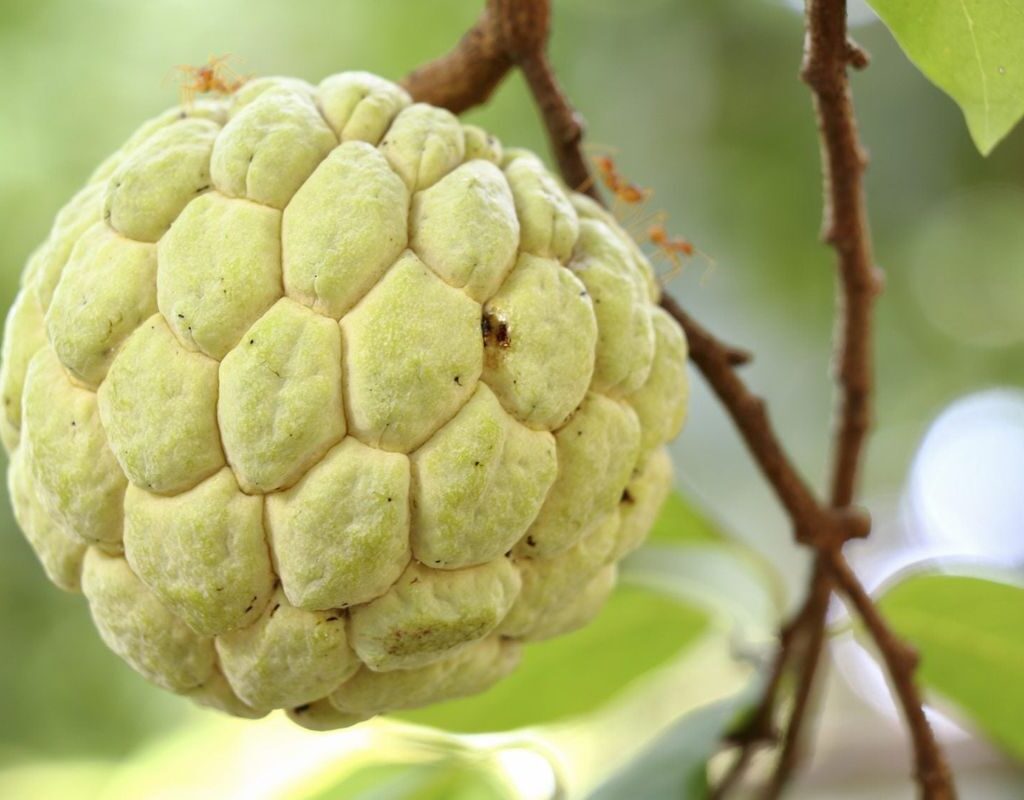
India holds the prestigious title of the largest custard apple producer globally, contributing an estimated 450,000–500,000 metric tons annually. This accounts for more than 50% of the world’s total custard apple production, making India the undisputed leader in both cultivation and domestic consumption of this delectable fruit.
In India, custard apple is known locally as “Sitaphal” (meaning ‘fruit of Sita’ from Hindu mythology) and has been cherished for centuries for its taste, medicinal benefits, and religious significance.
Why Is India the Top Custard Apple Producer?
1. Ideal Agro-Climatic Conditions
Custard apple thrives in India’s semi-arid to tropical climates with warm temperatures, moderate rainfall, and well-drained soil. The fruit is especially suited to regions where other commercial crops struggle, offering farmers a sustainable and profitable alternative.
Key custard apple-producing states in India include:
- Maharashtra (especially Pune, Ahmednagar, Solapur, and Satara)
- Madhya Pradesh
- Chhattisgarh
- Andhra Pradesh
- Rajasthan
- Gujarat
- Odisha
These regions combine favorable soil, suitable temperature ranges, and a long harvesting season from August to November.
2. Wide Variety of Indigenous and Hybrid Cultivars
India is home to several popular custard apple varieties, including both wild-growing and cultivated strains. Common types include:
- Balanagar: Known for its large size, sweet flavor, and high pulp content.
- Red Sitaphal: Distinguished by its reddish skin and superior taste.
- Arka Sahan (Hybrid): Developed by the Indian Institute of Horticultural Research (IIHR), offering higher yield and excellent fruit quality.
- Mahaboobnagar: A high-yielding, drought-resistant local variety.
This diversity of cultivars enables farmers to cater to local tastes and market demands while experimenting with commercial hybrids for larger yields and longer shelf life.
3. Strong Domestic Demand
Custard apple is deeply embedded in India’s culinary and cultural traditions. The fruit is consumed fresh, made into desserts like Sitaphal Basundi (milk-based custard apple dessert), ice creams, milkshakes, and even used in traditional medicines for treating anemia, digestion issues, and respiratory problems.
With a vast domestic market and consistently high demand, especially during the festive season and in urban fruit markets, custard apple remains a profitable crop for Indian farmers.
4. Increasing Export Potential
Although most of India’s custard apple is consumed locally, the country has steadily increased its exports to markets such as the United Arab Emirates, Saudi Arabia, Qatar, and Europe. Advances in cold-chain logistics, packaging, and hybrid varieties with extended shelf life have allowed India to expand its presence in international markets.
Top 5 Custard Apple-Producing Countries (2022)
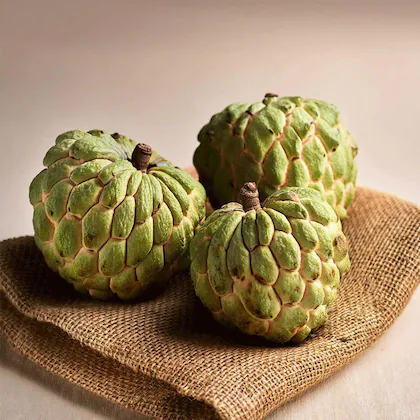
| Rank | Country | Production (Metric Tons) |
|---|---|---|
| 1 | India | 500,000 |
| 2 | Philippines | 150,000 |
| 3 | Thailand | 90,000 |
| 4 | Peru | 80,000 |
| 5 | Brazil | 50,000 |
India’s production figures are significantly ahead of other custard apple-producing nations.
Other Major Custard Apple-Producing Countries
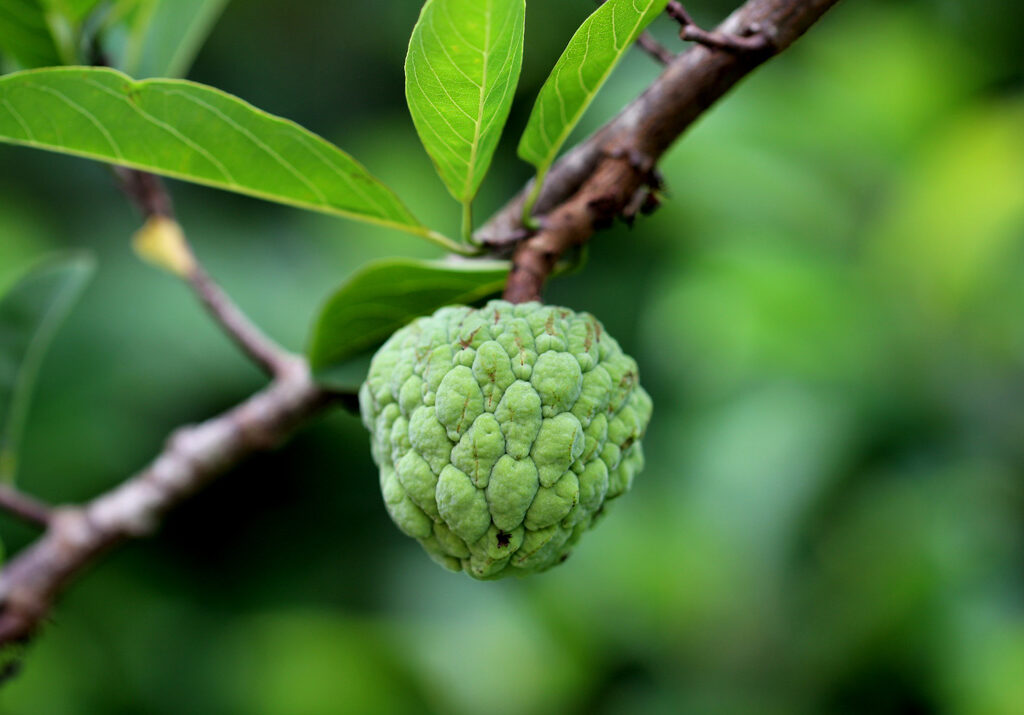
Besides India, several countries contribute to the global custard apple supply:
Philippines
The Philippines produces about 150,000 metric tons annually. Locally called atis, custard apple is a popular backyard and commercial fruit in the country. It’s eaten fresh or made into sweet treats and is appreciated for its soft, juicy flesh.
Thailand
Thailand grows approximately 90,000 metric tons of custard apples every year, especially in provinces like Nakhon Ratchasima, Chiang Mai, and Prachinburi. The fruit is enjoyed fresh or in desserts like Thai custard apple ice cream and tropical fruit salads.
Peru
Peru, a significant custard apple producer in South America, harvests around 80,000 metric tons of cherimoya (a closely related Annona species). Cherimoya is cherished for its rich flavor and creamy texture and is often exported to the United States and European markets.
Brazil
Brazil cultivates approximately 50,000 metric tons of custard apple and its related Annona species. In Brazilian cuisine, the fruit is enjoyed as a fresh snack or in tropical desserts like sorbetes and jams.
Key Uses of Custard Apple in Global Markets
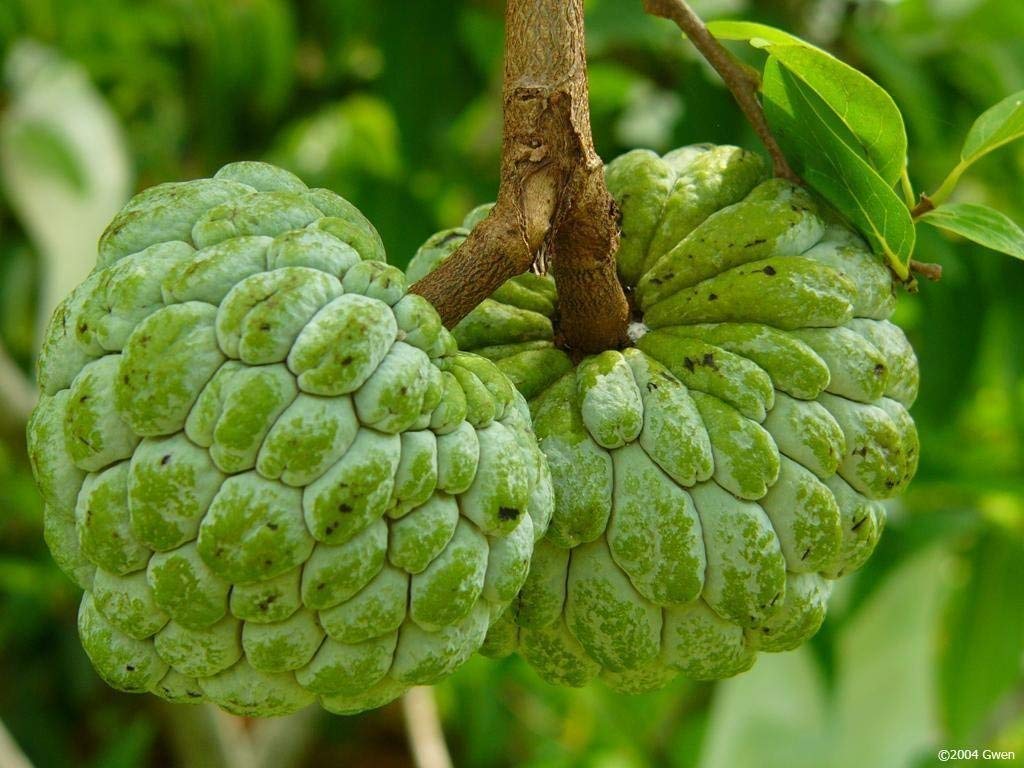
Custard apple is valued for its versatility:
- Fresh Consumption: Eaten raw, with its creamy, sweet pulp scooped directly from the skin.
- Desserts: Used in ice creams, custards, milkshakes, smoothies, and puddings.
- Traditional Medicine: Employed in Ayurvedic and folk remedies for its antioxidant, anti-inflammatory, and digestive benefits.
- Nutritional Supplements: Used in herbal products for its rich vitamin C, fiber, potassium, and magnesium content.
- Dried Custard Apple Powder: Used in baking and beverage blends in wellness markets.
Fun Custard Apple Facts
- Custard apple trees start fruiting within 3–5 years of planting.
- The fruit is rich in vitamin C, potassium, and dietary fiber.
- Custard apple trees are drought-tolerant, making them suitable for arid and semi-arid regions.
- Ancient Indian texts mention custard apple as a symbol of fertility and prosperity.
- The fruit’s seeds are toxic if crushed and ingested, although the flesh is completely safe and nutritious.
Challenges in Custard Apple Production
Custard apple cultivation faces a few key challenges:
- Short Shelf Life: The ripe fruit deteriorates rapidly without proper refrigeration.
- Pest and Disease Threats: Susceptible to mealybugs, fruit borers, and fungal infections.
- Climatic Sensitivity: Yields fluctuate based on rainfall, temperature, and pollination success.
- Market Infrastructure: Limited cold-chain logistics in remote areas hamper efficient transport and export.
India addresses these challenges through agricultural research centers, farmer cooperatives, and value-added processing initiatives.
Conclusion
When it comes to custard apple production, India proudly stands as the largest producer globally. Thanks to its favorable climate, rich variety of indigenous and hybrid cultivars, deeply rooted cultural affinity, and steadily growing export market, India continues to lead the way in cultivating this creamy, nutrient-rich fruit.
While countries like the Philippines, Thailand, Peru, and Brazil contribute significantly to global production, India’s unmatched volume and commercial cultivation strategies secure its position at the top.
As global demand for exotic, flavorful, and health-promoting fruits rises, custard apple is set to shine brighter on international markets — with India at the heart of this tropical fruit’s global story.
